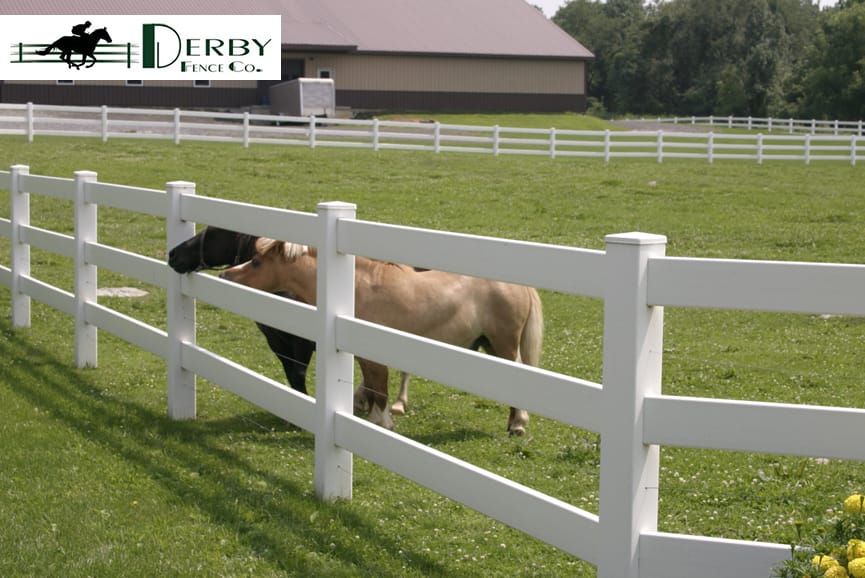Understanding the HDPE Advantage
High-Density Polyethylene (HDPE) is a game-changer in the fencing industry. Its robust properties, including durability and strength, make it stand out against traditional fencing materials. The advantages of HDPE go beyond the conventional, providing an optimal solution for safeguarding livestock.
Addressing Common Risks for Livestock
Livestock faces numerous risks, from predators to environmental hazards. Inadequate fencing can amplify these risks, leading to potential harm and financial losses for farmers. HDPE fencing acts as a reliable shield against these threats, ensuring a safer environment for your animals.
Durability Beyond Expectations
HDPE fencing offers unmatched durability, capable of withstanding the harshest weather conditions. Unlike traditional materials prone to decay and corrosion, HDPE remains resilient, maintaining its structural integrity over time. This durability translates to a longer lifespan, reducing the need for frequent replacements and associated costs.
Resistance to Environmental Challenges
Weather elements and pests are persistent challenges for livestock fencing. HDPE’s innate resistance to these factors makes it an ideal choice for farmers seeking a reliable and low-maintenance solution. Say goodbye to worries about rotting, warping, or insect infestations; HDPE fencing has you covered.
Simple and Effective Installation Process
Farmers often appreciate efficiency, and the installation process of HDPE fencing delivers just that. Whether done professionally or as a DIY project, the step-by-step guide ensures a straightforward and secure installation. This simplicity translates to both time and cost savings for farmers.
Cost-Effective Long-Term Investment
While the initial costs of HDPE fencing may seem higher than some traditional materials, it’s essential to view it as a long-term investment. The reduced need for maintenance and repairs, coupled with the extended lifespan, makes HDPE fencing a cost-effective choice in the grand scheme of livestock management.
Eco-Friendly Farming with HDPE
In an era where sustainability is paramount, HDPE fencing shines as an eco-friendly option. Its recyclable nature aligns with environmentally conscious farming practices. By choosing HDPE, farmers contribute to a greener and more sustainable agricultural landscape.
Success Stories: HDPE Fencing in Action
Real-world examples underscore the effectiveness of HDPE fencing in safeguarding livestock. Success stories from farmers who have embraced this innovative solution highlight positive outcomes, proving that HDPE fencing is more than just a theoretical advantage.
Maintaining the Shield: Tips for HDPE Fencing
To ensure the continued safety of your livestock, routine maintenance is key. HDPE fencing, though durable, benefits from periodic checks and timely repairs. This proactive approach ensures that the protective shield remains intact and reliable.
User Endorsements: Voices from the Field
Hearing from fellow farmers who have integrated HDPE fencing into their operations provides valuable insights. These user testimonials offer real-world perspectives on the practicality and benefits of choosing HDPE for livestock safety.
Debunking Myths: The Truth About HDPE Fencing
Misconceptions about HDPE fencing may deter some farmers from adopting this solution. It’s time to set the record straight by addressing common myths and providing accurate information, allowing farmers to make informed decisions.
Looking Ahead: The Future of Livestock Safety
As technology evolves, so does the landscape of livestock safety. Exploring future trends in fencing, including technological advancements and innovative approaches, gives farmers a glimpse into what lies ahead for the well-being of their animals.
Choosing Wisely: HDPE vs. Other Materials
Comparing HDPE fencing with traditional materials is essential for making an informed decision. This section provides a comprehensive analysis, allowing farmers to weigh the benefits and drawbacks of each option and make the right choice for their specific needs.
Meeting Standards: HDPE Fencing and Compliance
Understanding the regulatory landscape is crucial for farmers. HDPE fencing not only meets but often exceeds safety standards. Navigating the legal considerations ensures that farmers stay on the right side of compliance while prioritizing livestock safety.
In Conclusion: A Safer Tomorrow with HDPE Fencing
In conclusion, HDPE fencing emerges as a beacon of safety in the realm of livestock management. Its durability, resistance to environmental challenges, and cost-effectiveness position it as a go-to choice for farmers prioritizing the safety and well-being of their animals.
Frequently Asked Questions (FAQs)
Is HDPE fencing suitable for all types of livestock?
Yes, HDPE fencing is versatile and can be used for various types of livestock, including cattle, horses, and poultry.
How does HDPE fencing compare to traditional materials in terms of maintenance?
HDPE fencing requires minimal maintenance compared to traditional materials, saving both time and costs.
Can HDPE fencing be installed in challenging terrain?
Yes, the flexibility of HDPE allows for easy installation even in challenging terrain.
What is the average lifespan of HDPE fencing?
HDPE fencing has a significantly longer lifespan compared to many traditional materials, often lasting several decades.
Is HDPE fencing environmentally friendly?
Yes, HDPE is recyclable, making it an environmentally conscious choice for livestock fencing.


